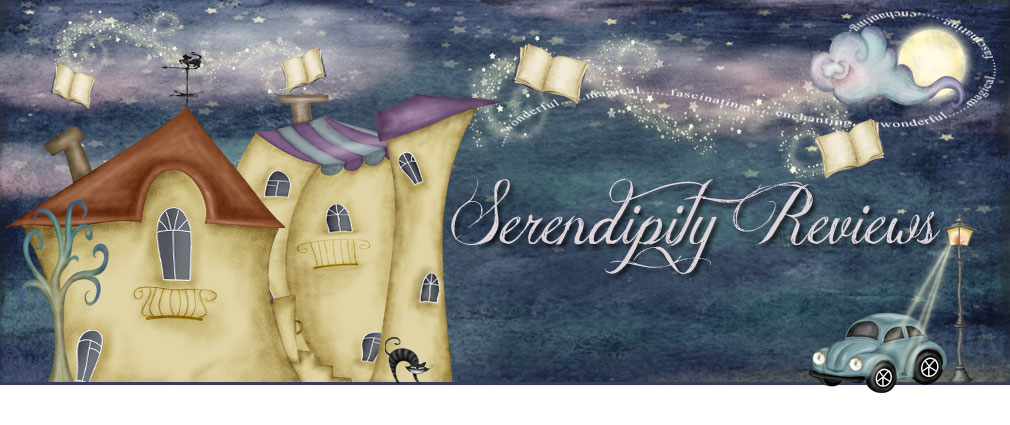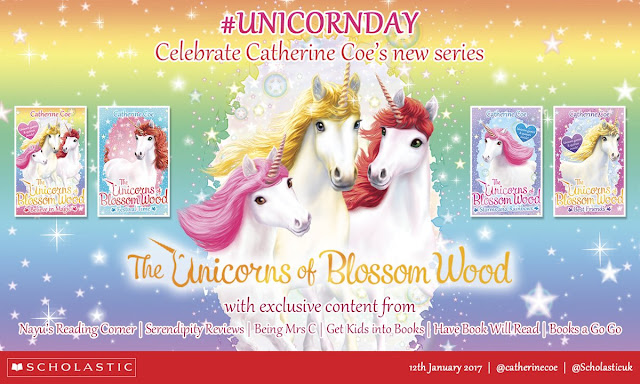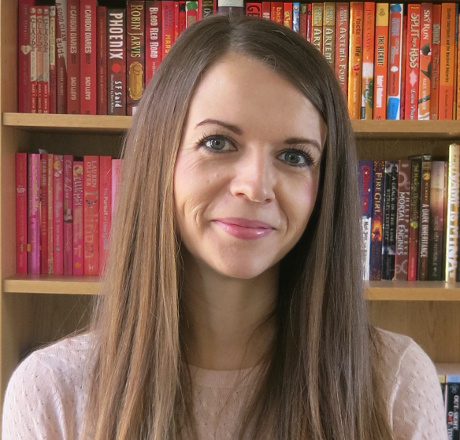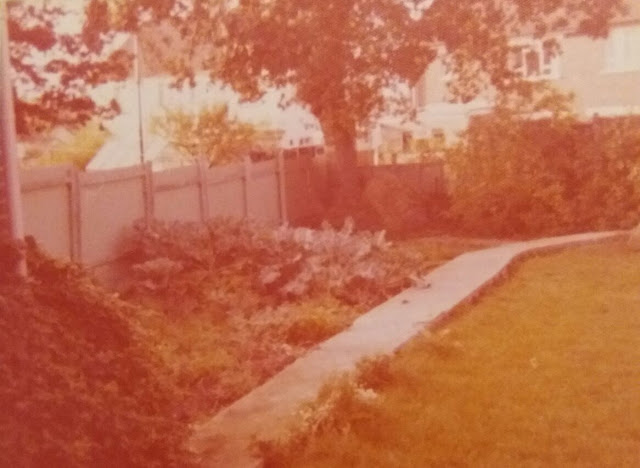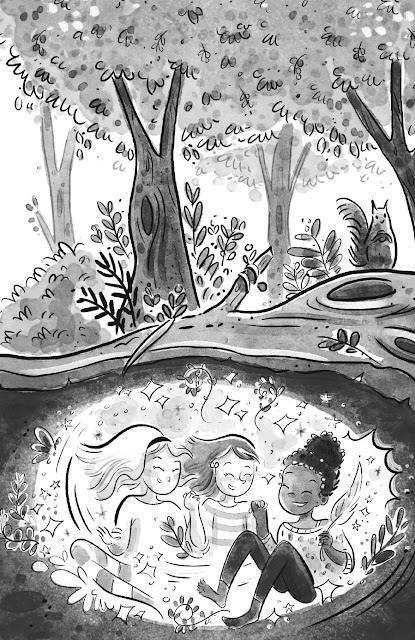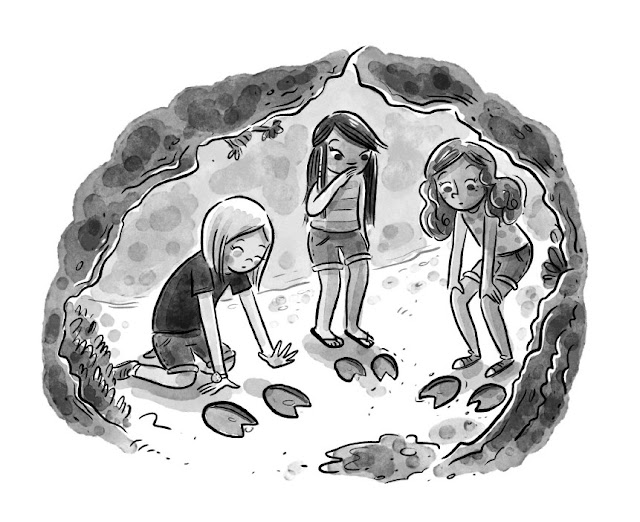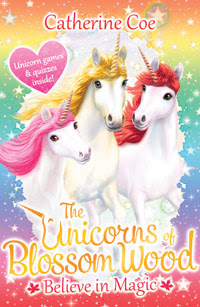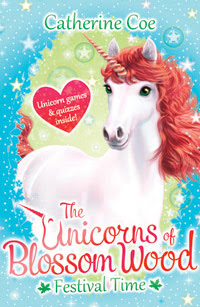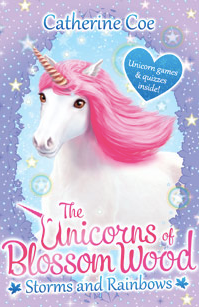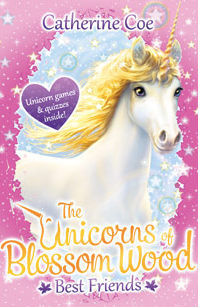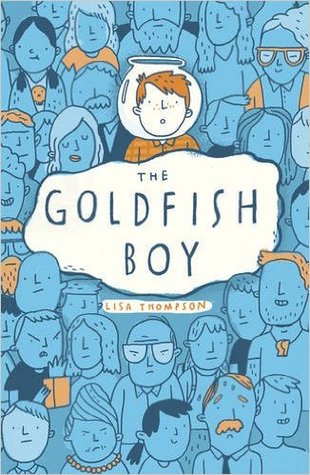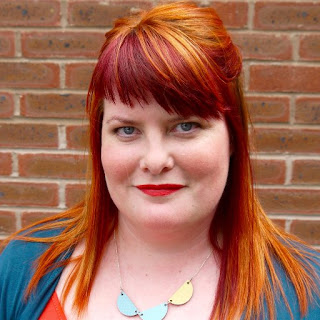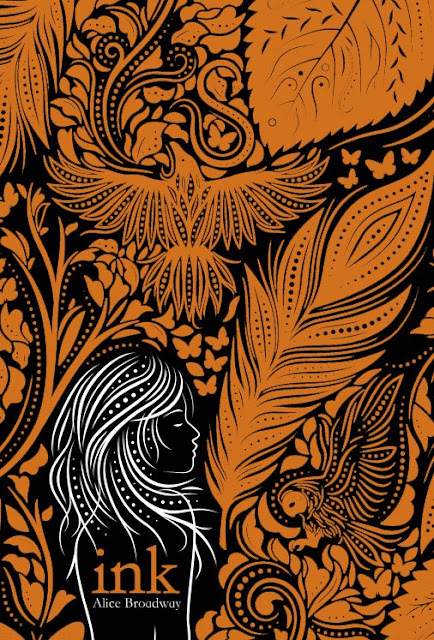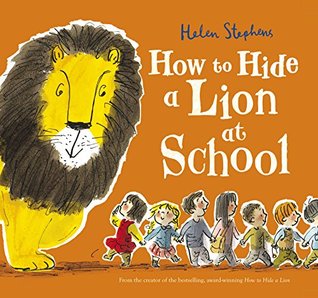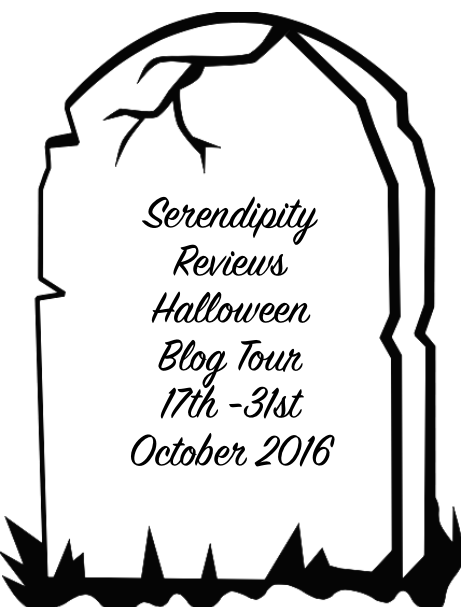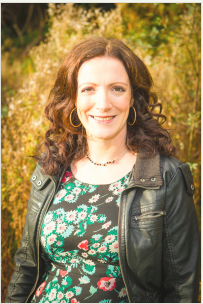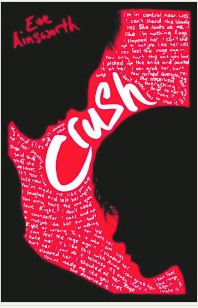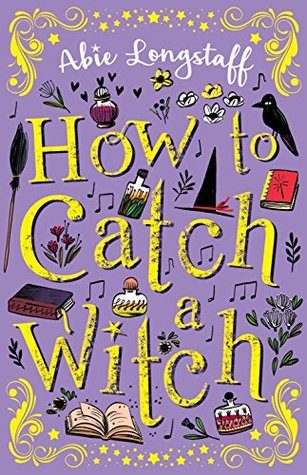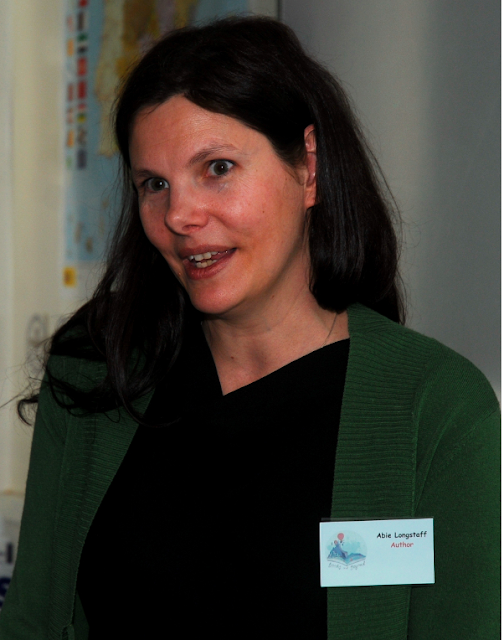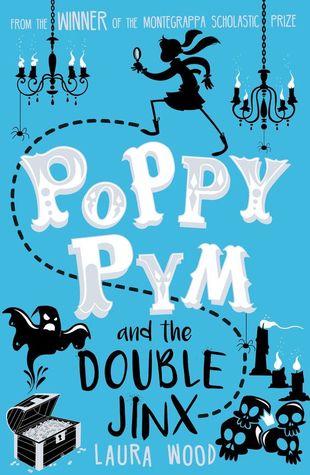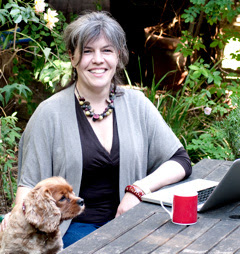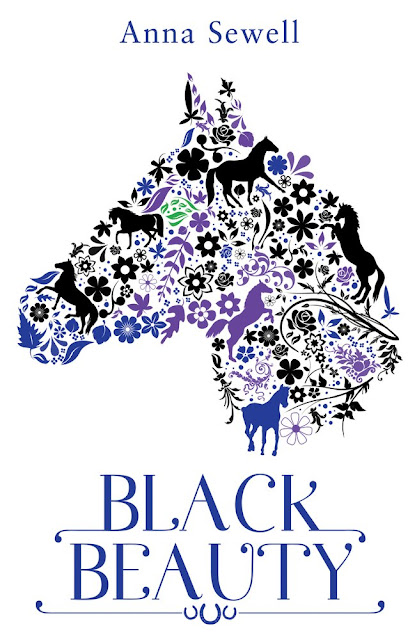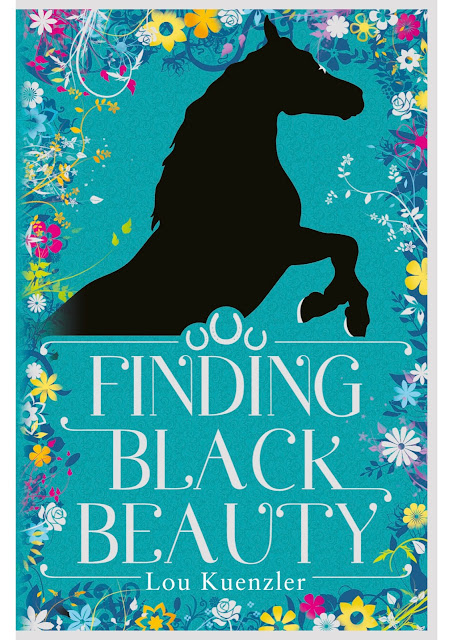Happy Unicorn Day!
To celebrate the publication of the last two books in the Unicorns of Blossom Wood series, I am pleased to welcome author, Catherine Coe onto the blog to tell us all about where the inspiration for the settings of the book came from.
To tell you about the inspiration behind Blossom Wood I first have to go back to the first set of adventures - the Owls of Blossom Wood - and how the three main characters first found themselves magically transported to Blossom Wood. The idea for this first series goes back thirty years - to the garden of my childhood home. At the bottom of that garden were two towering trees that I played under - whether it was spring, summer, autumn or winter. The view from my bedroom was dominated by those huge but friendly trees and when I shut my eyes, I can picture them perfectly - the image brings back wonderful, happy childhood memories.
In the Great Storm of October 1987, when I was seven years old, I woke up one morning, looked out of the window, and one of the trees was gone. It had crashed down in the hurricane-force winds and suddenly our garden - and my outlook - had changed forever. But I never forgot that tree, and that’s what inspired the tree trunk that Alex, Katie and Eva crawl into in the Owls of Blossom Wood. With the help of a feather they find inside it they are whisked off to the magical Blossom Wood.
So that was the starting point of the tree, which naturally led to a woodland setting. I wanted the wood to feel quite familiar and not at all scary, so I included lots of recognisable trees and plants, and populated it with (mostly) friendly animals. I wanted to create a setting that I would have wanted to find myself when I was seven - somewhere vast and exciting to explore, somewhere where I could make friends with the animals, and somewhere that felt safe and from where I could always return home.
I wanted the wood to have lots of interesting areas in which adventures could take place, which is why I included non-woodland parts such as Echo Mountains, Willow Lake and Badger Falls. And I wanted it to feel familiar to readers from all around the world, so I included plants and animals that are found in many different countries, such as badgers, beavers, butterflies, rabbits, foxes, hummingbirds, otters, ducks and even bears (you’d struggle to find all of these in the same wood in real life!).
When creating the Unicorns of Blossom Wood, I wanted the three main characters to get to Blossom Wood using a completely different route to the tree trunk. I did a lot of research on unicorns and found that there have been a number of unicorn sightings in Scotland, which gave me the idea of a Scottish lake (loch). I imagined unicorns roaming the shore of a lake and the hoof-prints that they’d leave. Then I thought - what if the hoof-prints were magical and never disappeared? What if they could transport whoever stood in them to Blossom Wood? This is how I came up with idea that my three main characters - cousins Isabelle, Cora and Lei - could be on holiday in Scotland. On the first day of their trip they are playing beside a lake when they find the hoof-prints that transport them to Blossom Wood.
Now, whenever I see a set of prints in the ground, I wonder what animal made them and if the prints might have the magical power to transport me somewhere special…
Believe in Magic
When cousins Cora, Isabelle and Lei discover magical hoof prints in the ground, they're whisked away to an amazing land where they're no longer girls … they're unicorns!
But the animals in Blossom Wood don't believe in unicorns! Can the three cousins change their minds - with the help of a little magic?
Join the Unicorns of Blossom Wood on their first adventure!
Festival Time
Isabelle, Lei and Cora are back in Blossom Wood - just in time for a magical festival.
All of the animals are there, except for one. Lizzie the bunny is lost in Echo Mountains!
Can the Unicorns of Blossom Wood use their magic to find her?
Storms and Rainbows
Lei's fed up - she still hasn't found out what her unicorn magic is. Maybe she doesn't have any!
But when Lei, Cora and Isabelle arrive back in Blossom Wood, there's a bigger problem. A summer storm is pouring down and everywhere is being flooded!
Will it ever stop raining - and will Lei find out her magical power?
Best Friends
Loulou the squirrel is organising a talent show in Blossom Wood, and Cora, Lei and Isabelle can't wait.
From tightrope-walking bears and a breakdancing beaver to hula-hooping bunnies and caterpillar jugglers, the woodlanders are busy practising. But why isn't Loulou performing anything herself?
Can the Unicorns of Blossom Wood find out the real problem, and make Loulou truly happy?
To find out more about Catherine Coe:
Website / Twitter
